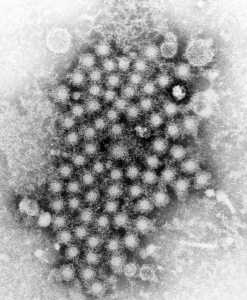Author Interviews, Hepatitis - Liver Disease, JAMA, Statins / 07.07.2023
Study Links Regular Statin Use to Significant Decrease in Liver Diseases
MedicalResearch.com Interview with:
Carolin Victoria Schneider, MD
Physician-Scientist at RWTH Aachen
Former Postdoctoral Fellow at UPenn, Rader Lab
MedicalResearch.com: What is the background for this study?
Response: Our study was prompted by the ongoing global health crisis related to liver disease, which claims over 2 million lives annually. We noted the emerging literature suggesting the hepatoprotective properties of statins, which include anti-inflammatory, antiproliferative, antiangiogenic, and immunomodulatory effects.
However, we noticed a significant gap in understanding these effects in the context of the general population, especially among individuals without a history of known liver disease. Together with our excellent first author Mara Vell, I embarked on a journey aimed to fill this significant knowledge gap.
(more…)


























